UNESCO World Heritage Sites
Top 10 UNESCO Sites In Canada UNESCO World Heritage Sites are landmarks or areas recognized by the United Nations Educational, Scientific and Cultural Organization (UNESCO) for their cultural, historical, scientific, or natural significance. Canada boasts diverse such sites, reflecting the country’s rich heritage and breathtaking landscapes.
The Importance of UNESCO Designation
UNESCO designation brings global recognition and protection to these sites, ensuring their preservation for future generations. This article explores Canada’s top 10 UNESCO sites, shedding light on their unique features and the importance of their conservation.
Canada’s Rich Cultural and Natural Heritage
Canada’s UNESCO sites showcase the country’s blend of cultural diversity and natural wonders. From majestic national parks to historic districts, each site tells a compelling story about Canada’s past, present, and future.
Banff National Park – A Natural Wonder
Nestled in the heart of the Canadian Rockies, Banff National Park is a UNESCO site celebrated for its stunning mountain landscapes, pristine lakes, and diverse wildlife. Explore the wonders of this natural paradise and understand why it holds UNESCO status.
Historic District of Old Québec – A Glimpse into Canada’s Past
Step back in time as we delve into the Historic District of Old Québec, a UNESCO site that preserves the charm and history of Canada’s oldest city. Uncover the cobblestone streets, well-preserved architecture, and the unique cultural heritage that makes this site a must-visit.
Gros Morne National Park – A Geological Marvel
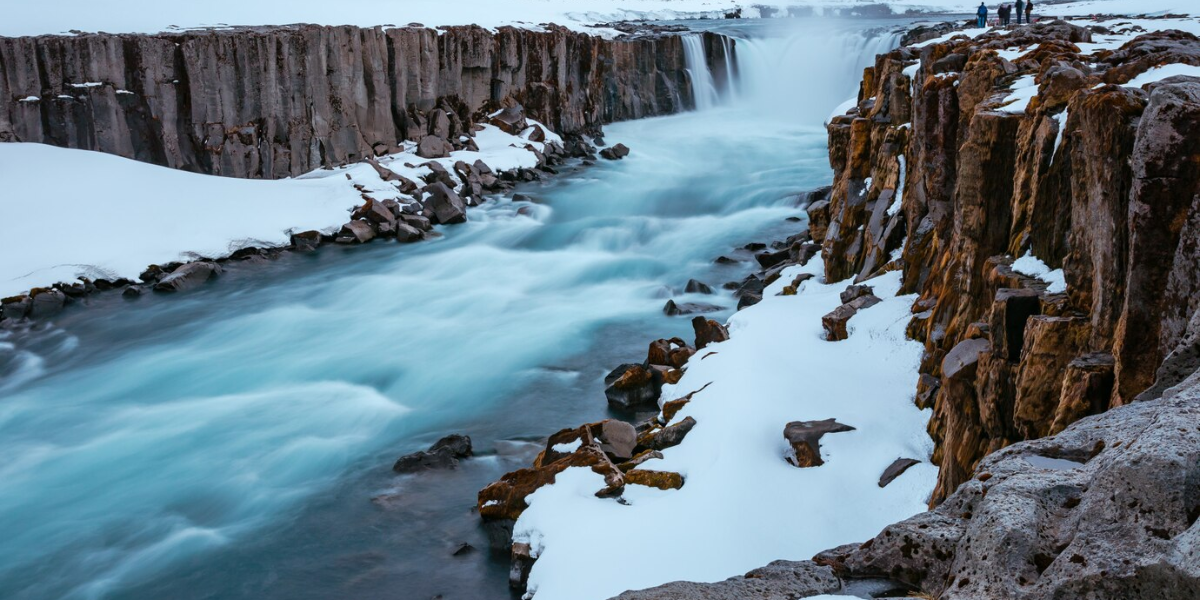
Discover the geological wonders of Gros Morne National Park, where towering cliffs, fjords, and ancient rock formations captivate visitors. This UNESCO site in Newfoundland and Labrador offers a glimpse into the Earth’s fascinating processes and the forces that shaped this extraordinary landscape.
Head-Smashed-In Buffalo Jump – A Cultural Heritage Site
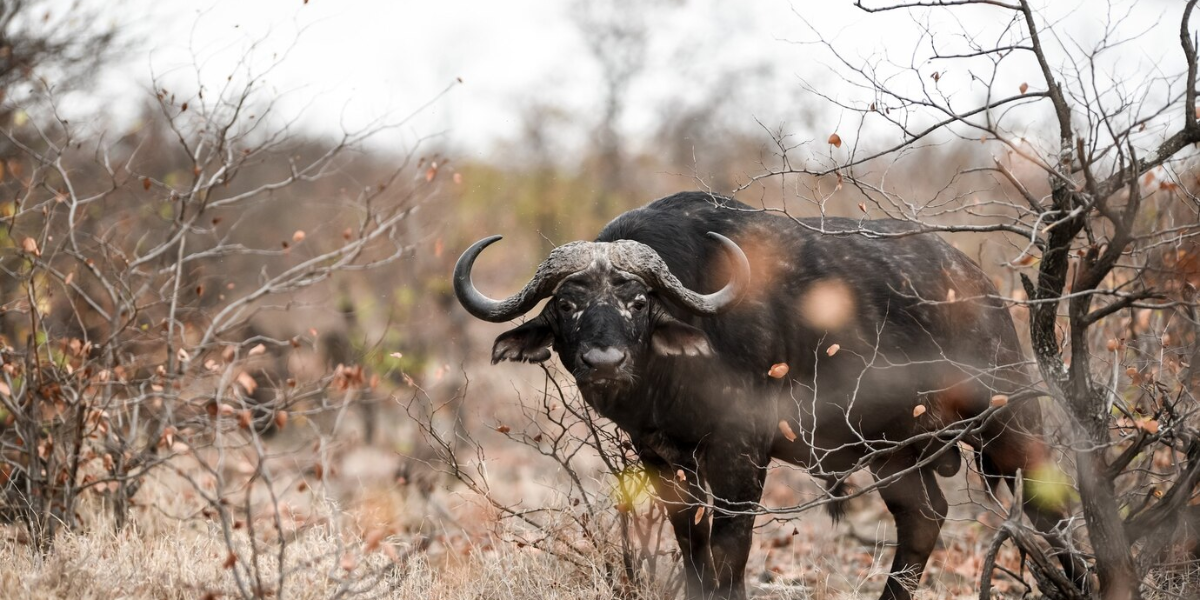
Explore the cultural significance of Head-Smashed-In Buffalo Jump, a UNESCO site that pays homage to Indigenous peoples and their historical hunting practices. Learn about this unique cultural heritage site’s traditions, rituals, and stories.
SGang Gwaay – Haida Village Remnants
Venture into the Haida Gwaii archipelago to discover SGang Gwaay, where ancient Haida village remnants are a testament to Indigenous craftsmanship and culture. This UNESCO site showcases the resilience and creativity of the Haida people.
Waterton Glacier International Peace Park – Transboundary Conservation
Delve into the world of transboundary conservation as we explore Waterton Glacier International Peace Park, a UNESCO site that spans the Canada-United States border. Discover the cooperative efforts to protect this pristine ecosystem and promote international peace through environmental stewardship.
Writing-on-Stone / Áísínai’pi – Indigenous Rock Art
Uncover the spiritual and historical significance of Writing-on-Stone / Áísínai’pi, where ancient Indigenous rock art tells stories of the land and its people. This UNESCO site in Alberta offers a unique glimpse into Indigenous communities’ cultural heritage and artistic expressions.
Canadian Rocky Mountain Parks – Breathtaking Scenery
Embark on a journey through the Canadian Rocky Mountain Parks, a UNESCO site encompassing four national parks. Marvel at the breathtaking scenery, diverse ecosystems, and iconic landmarks that make this region a haven for outdoor enthusiasts and nature lovers.
Nahanni National Park Reserve – Untouched Wilderness
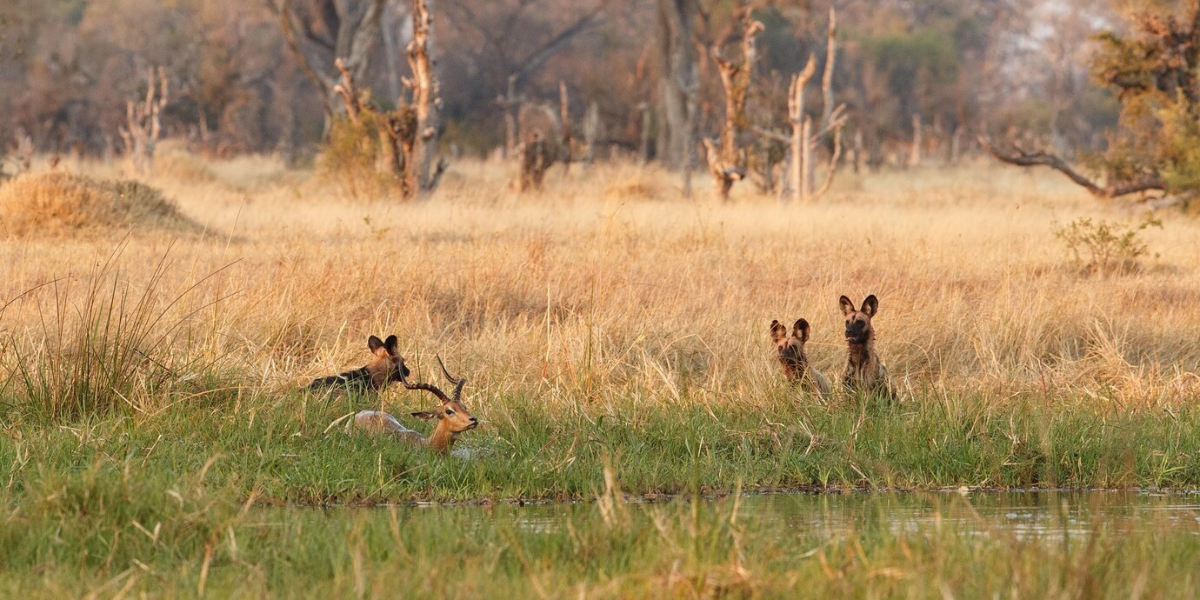
Experience the untouched wilderness of Nahanni National Park Reserve, a UNESCO site in the Northwest Territories. Learn about the pristine landscapes, towering canyons, and diverse wildlife that make Nahanni a true gem of Canada’s northern wilderness.
Exploring Canada’s UNESCO Treasures
Canada’s top 10 UNESCO sites offer a tapestry of natural wonders, cultural heritage, and historical significance. As we explore these treasures, it becomes evident that each site contributes to the collective narrative of Canada’s identity, emphasizing the need for responsible tourism and conservation efforts to safeguard these invaluable assets for future generations.
Click here for more visited Posts!



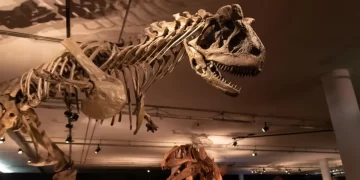

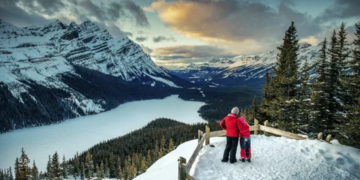

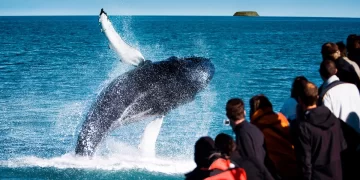






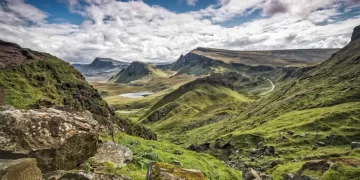

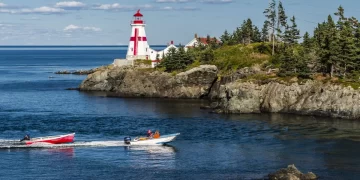





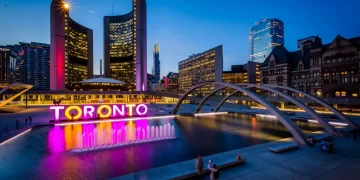
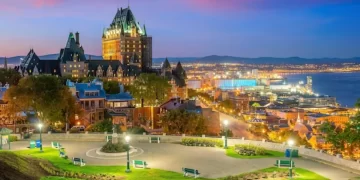

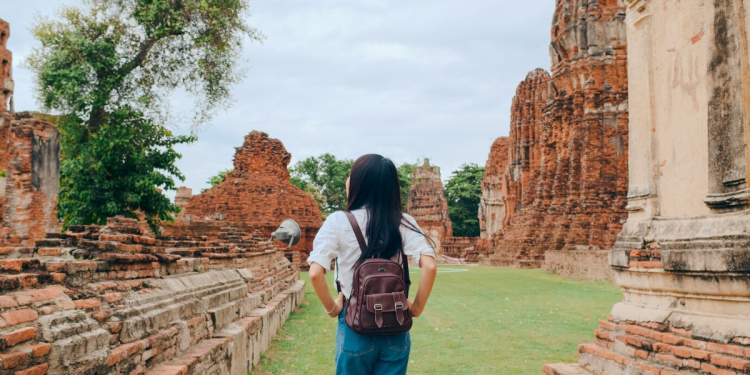
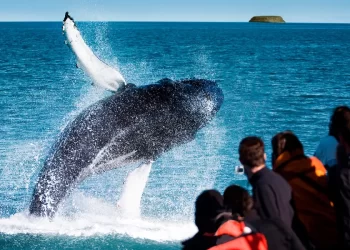
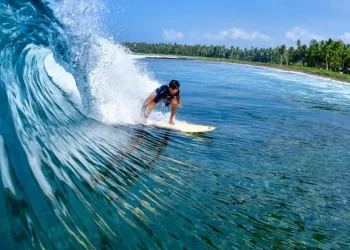
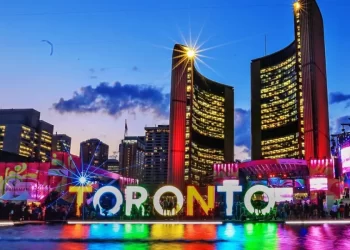












Discussion about this post